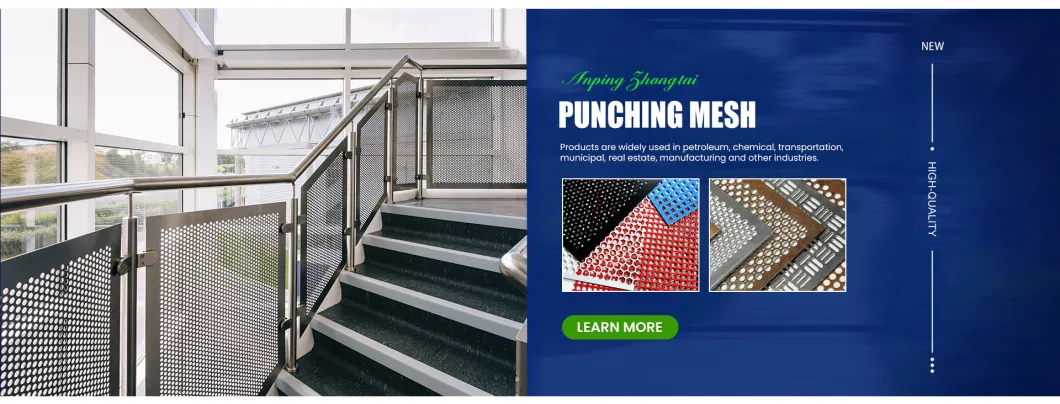The Importance of Absorptive Sound Barriers in Urban Environments
As urban development continues to expand, the need for effective noise control has become increasingly important. One of the most promising solutions to combat urban noise pollution is the implementation of absorptive sound barriers. These specialized structures are designed to reduce noise levels by absorbing sound energy rather than merely blocking it, which provides a significant advantage in creating more livable urban spaces.
Absorptive sound barriers are typically made from porous materials that can trap sound waves. Unlike traditional barriers, which are often made from solid, reflective materials like concrete or metal, absorptive barriers utilize materials such as acoustic panels, fibrous composites, or natural elements like vegetation. The design of these barriers allows them to absorb a significant percentage of incoming sound waves, thereby minimizing the transmission of noise to nearby residential or commercial areas.
One of the main advantages of using absorptive sound barriers is their effectiveness in reducing not only the volume of noise but also the unpleasantness associated with certain sounds. For instance, a standard concrete wall may effectively block traffic noise, but it does not address the quality of the sound. In contrast, absorptive barriers can diminish annoying frequencies, making the environment more pleasant for occupants in adjacent areas.
absorptive sound barriers

Moreover, absorptive sound barriers can significantly enhance the quality of life in urban settings. As cities become denser, residents and workers alike are increasingly exposed to high levels of noise from traffic, construction, and other urban activities. Excessive noise exposure can lead to various health issues, including stress, sleep disturbances, and even cardiovascular problems. By implementing absorptive sound barriers, urban planners and local governments can proactively address these noise-related health concerns, contributing to the overall well-being of the community.
In addition to public health benefits, absorptive sound barriers can also enhance property values. In areas where noise pollution is a significant issue, the presence of effective sound barriers can make residential properties more appealing to potential buyers. A quieter living environment can be a decisive factor for individuals seeking to live in urban areas, thus invigorating the real estate market.
Furthermore, the integration of green technologies into absorptive sound barriers has gained popularity in recent years. Living walls, which incorporate plants and other vegetation, not only absorb sound but also improve air quality and provide aesthetic benefits. These green sound barriers offer a multi-faceted approach to addressing urban noise while enhancing the overall landscape and creating a more sustainable environment.
In conclusion, absorptive sound barriers present a practical and effective solution to the growing problem of urban noise pollution. Their ability to absorb sound energy, improve quality of life, enhance property values, and integrate green technologies makes them an invaluable asset in urban planning. As cities continue to develop, the incorporation of absorptive sound barriers should be a priority, ensuring that urban environments remain livable and enjoyable for all residents.
-
The Best Metal Mesh Solutions: Expanded Aluminum Metal vs. Expanded Stainless Steel Metal
NewsSep.10,2024
-
Round Perforated Sheets vs. Hexagonal Perforated Sheets vs. Embossed Perforated Sheet Metal
NewsSep.10,2024
-
Perforated Metal Sheets
NewsSep.10,2024
-
Experience The Excellence Of Stainless Steel Grating
NewsSep.10,2024
-
Discover the Versatility Of Metal Mesh Expanded Forming Machines
NewsSep.10,2024
-
Discover The Advantages Of Steel Grating For Sale
NewsSep.10,2024
Subscribe now!
Stay up to date with the latest on Fry Steeland industry news.

